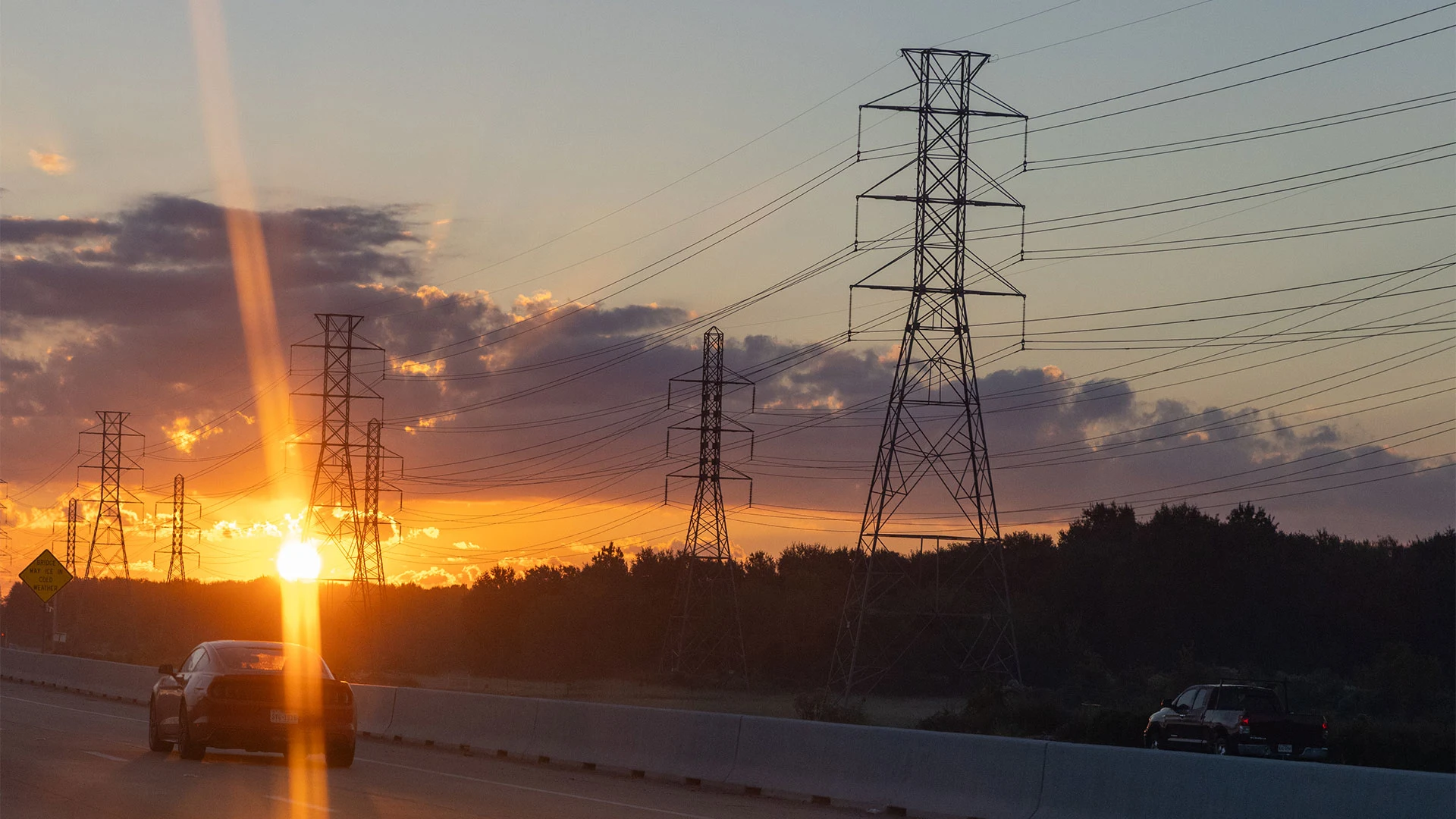Copyright ABC17News.com

By Jack Guy, CNN (CNN) — Scientists say they have found a way to test ancient human remains for hormones linked with pregnancy, a breakthrough that may allow archaeologists to determine whether a woman was pregnant or had recently given birth at the time of her death. Researchers found key reproductive hormones estrogen, progesterone and testosterone in hard tissues, such as the bones and teeth, of skeletons dating back as far as 1,000 years, according to a study published October 2 in the Journal of Archaeological Science. “We found a ‘hormone archive’ in skeletons and teeth,” said lead study author Aimée Barlow, an archaeologist at the University of Sheffield, northern England. “This is a first. Nobody has ever detected these specific hormones in teeth or dental calculus before,” Barlow told CNN. “It is also the first time progesterone has been successfully measured in human bone tissue.” Pregnancy is difficult to detect in ancient human remains, and scientists previously believed that the composition of hard tissues was so overwhelmingly inorganic that these proteins would not be preserved or detected, Barlow said. Nonetheless, she decided to test a number of samples from seven female and three male skeletons dating from the first to 19th centuries using enzyme-linked immunosorbent assay (ELISA). ELISA is an existing technique used to detect and quantify peptide and protein molecules such as progesterone, a key biomarker for pregnancy, the levels of which increase significantly during the first trimester and are maintained throughout. Levels of estrogen and testosterone also rise, although not to the same extent, meaning that it was important to also consider the relationship between the three hormones, according to the study. The tests revealed that estrogen, progesterone and testosterone were measurable in bone, and dentin, enamel, calculus and root samples from teeth. “High progesterone levels in dental structures and calculus, the presence of oestrogen in bone, and a lack of testosterone in hard tissues was consistent with pregnancy at the time of death,” the study authors wrote. This demonstrates “the feasibility and significant potential of the ELISA method for the detection of sex hormones in human skeletal remains to examine the reproductive histories of past populations,” according to the study. Barlow said proving that the skeleton can preserve hormones would, with many years of further study, potentially allow researchers to determine the age at which a woman first became pregnant, whether she experienced pregnancy loss and how much time had passed between births if she had multiple children. “This will be especially useful for historical periods where no written records exist,” Barlow said. More work is needed to fully develop the technique for use on ancient remains, she said, including establishing a baseline of hormone levels in skeletal tissues by conducting a much larger study that also involves living individuals with detailed medical records. “Secondly, we need to understand the fundamental science. We need to learn how these hormones get incorporated into and stored within these different tissues,” Barlow said. “And we need to explore how these hormones are preserved and broken down (degraded) over time in different burial environments.” ‘Groundbreaking’ findings Nikolas Lemos, professor of forensic medical sciences at Queen Mary University of London, who was not involved in the study, told CNN that “this is a pioneering study … which has achieved a world-first.” Lemos underlined that the sample size was “very small,” with only two of the 10 individuals pregnant at death, adding that the ELISA method requires “further testing and validation.” “In short, while the findings are groundbreaking, they should be viewed as proof of concept, not yet as a routine diagnostic tool,” he said. “Although the work is still in its early stages, it represents a remarkable step toward understanding the intimate, hormonal dimensions of life and death in the distant past,” Lemos added. Alexander Comninos, a professor of endocrinology at Imperial College London, who was not involved in the study, said that the research was “fascinating.” “By understanding reproductive profiles of the past, this can provide insights into how these may have changed over time and perhaps glimpses of the future,” he told CNN in a statement. “In addition, the ability to identify these key hormones in bone can trigger further contemporary work in the bone field,” Comninos added.



